In the face of a rapidly changing climate, urban planners and environmentalists are turning to innovative strategies to ensure our cities remain livable, sustainable, and resilient. One of the most promising approaches emerging from this intersection of urban planning and environmental science is the integration of Nature-Based Solutions (NbS) into the design and structure of our streets. But what makes NbS so powerful, and how can they transform our urban landscapes into climate-resilient havens?
The Power of Urban Greening in Combating Air Pollution
Air pollution is rapidly emerging as a critical environmental health issue, prompting the public to become more aware of its dangers. Discover how urban greening, including parklets, greenery, and plants, can contribute to improving London's air quality. Explore the benefits of trees, living walls, and rain gardens, and learn about the role of biophilia and green infrastructure in creating a healthier and more sustainable city.
What is the Urban Greening Factor? (UGF)
The Urban Greening Factor (UGF) originates from Berlin and has been adapted and adopted in several European and North American cities. A planning policy tool evaluates the quantity and quality of urban greening provided by a development proposal [6]. The UGF aims to accelerate the greening of urban areas and ensures well planned and high-quality interventions that add to a multi-functional green infrastructure network. This policy means green infrastructure is considered at the start of the design and planning process for new developments and buildings[7]. The UGF is set out in Policy G5 of the New London Plan and provides a simple way for Local Planning Authorities to score green infrastructure interventions[8].
How can green infrastructure improve air quality in urban areas?
Green infrastructure can be defined as the natural vegetative systems and green technologies that collectively provide the community with a multitude of environmental, economic, health, and social benefits. This includes: Rain gardens, SuDS, Bioswales, Green roofs, green walls, Urban forests and woodlots.








